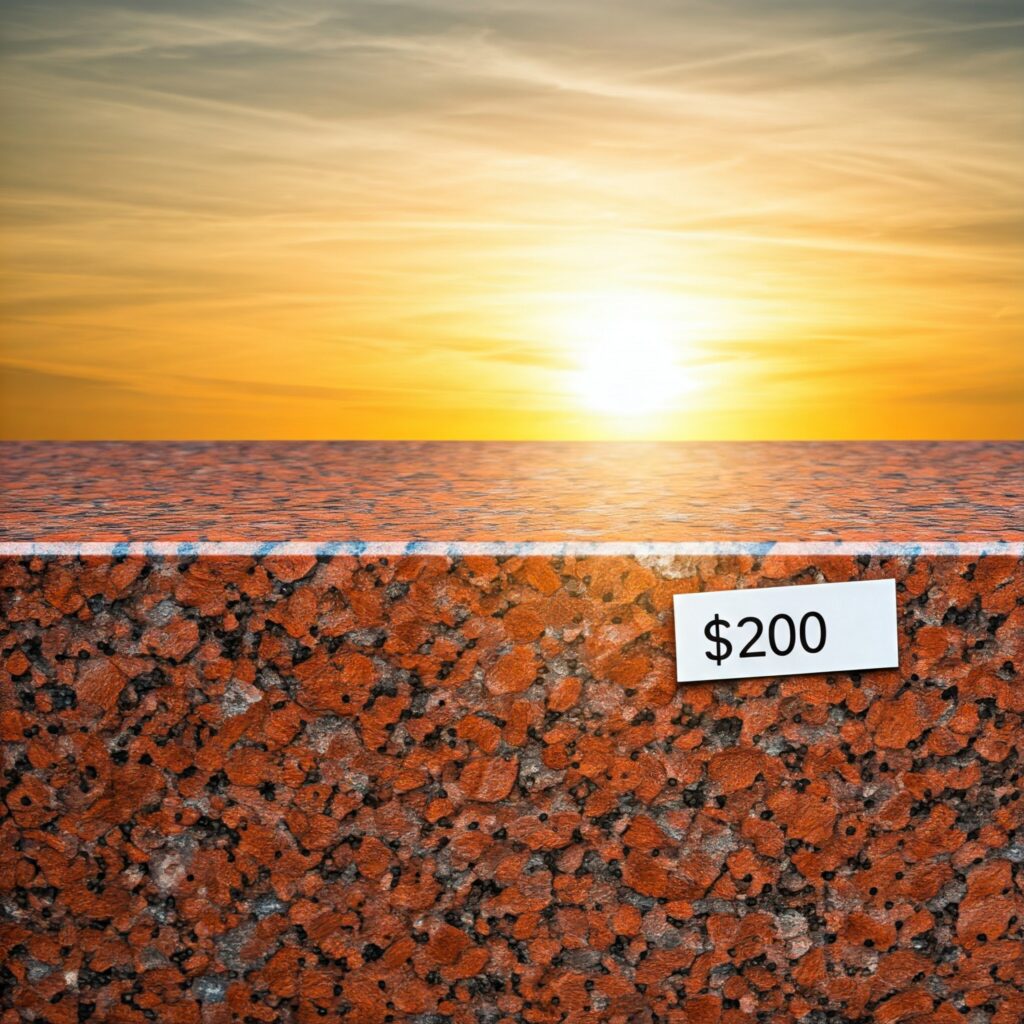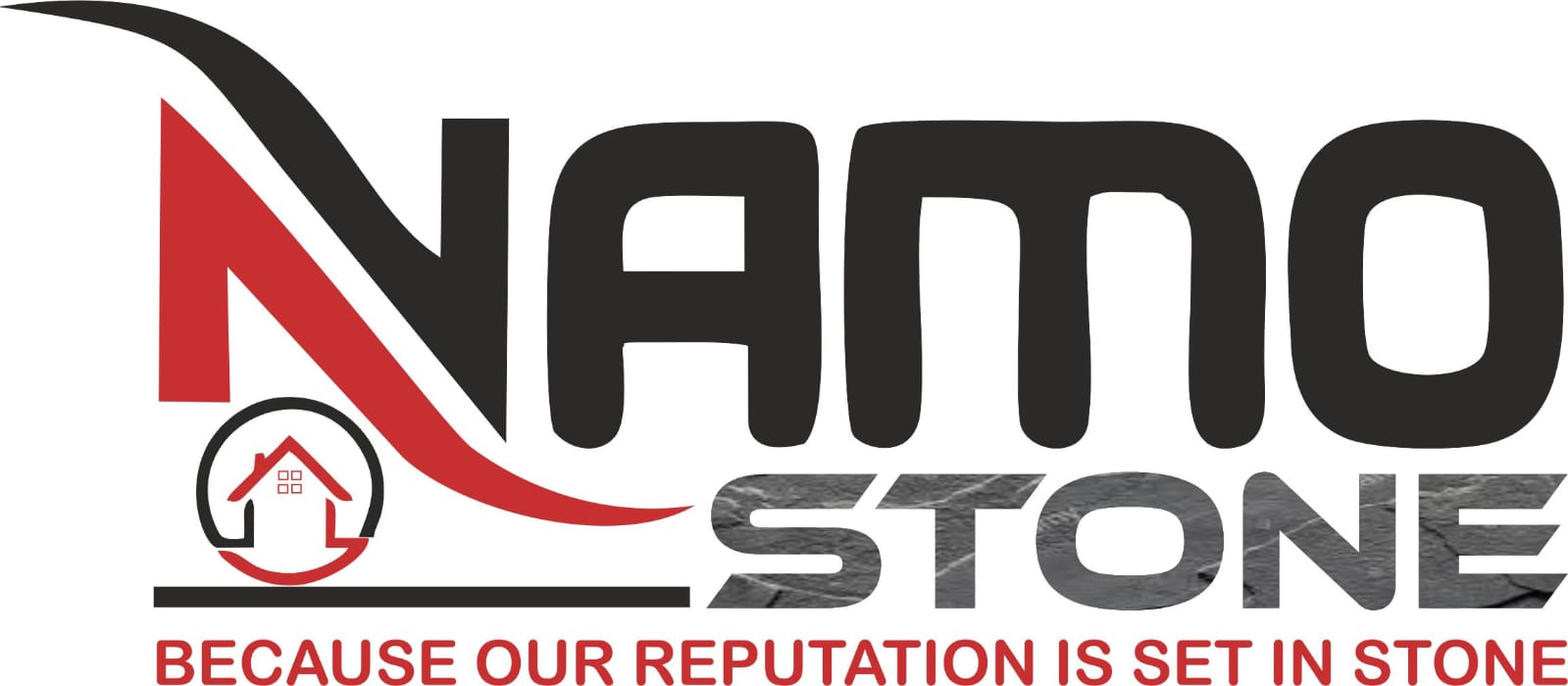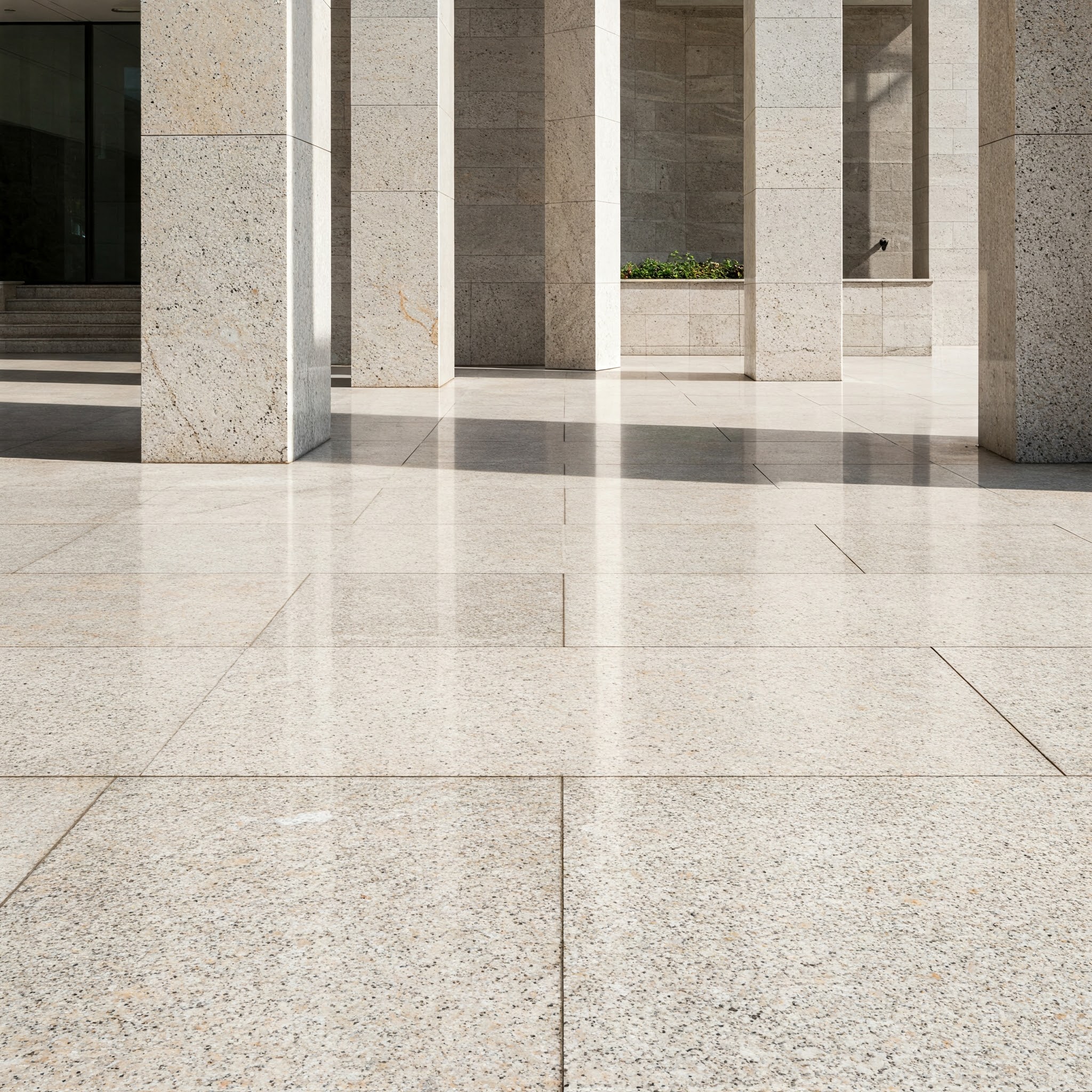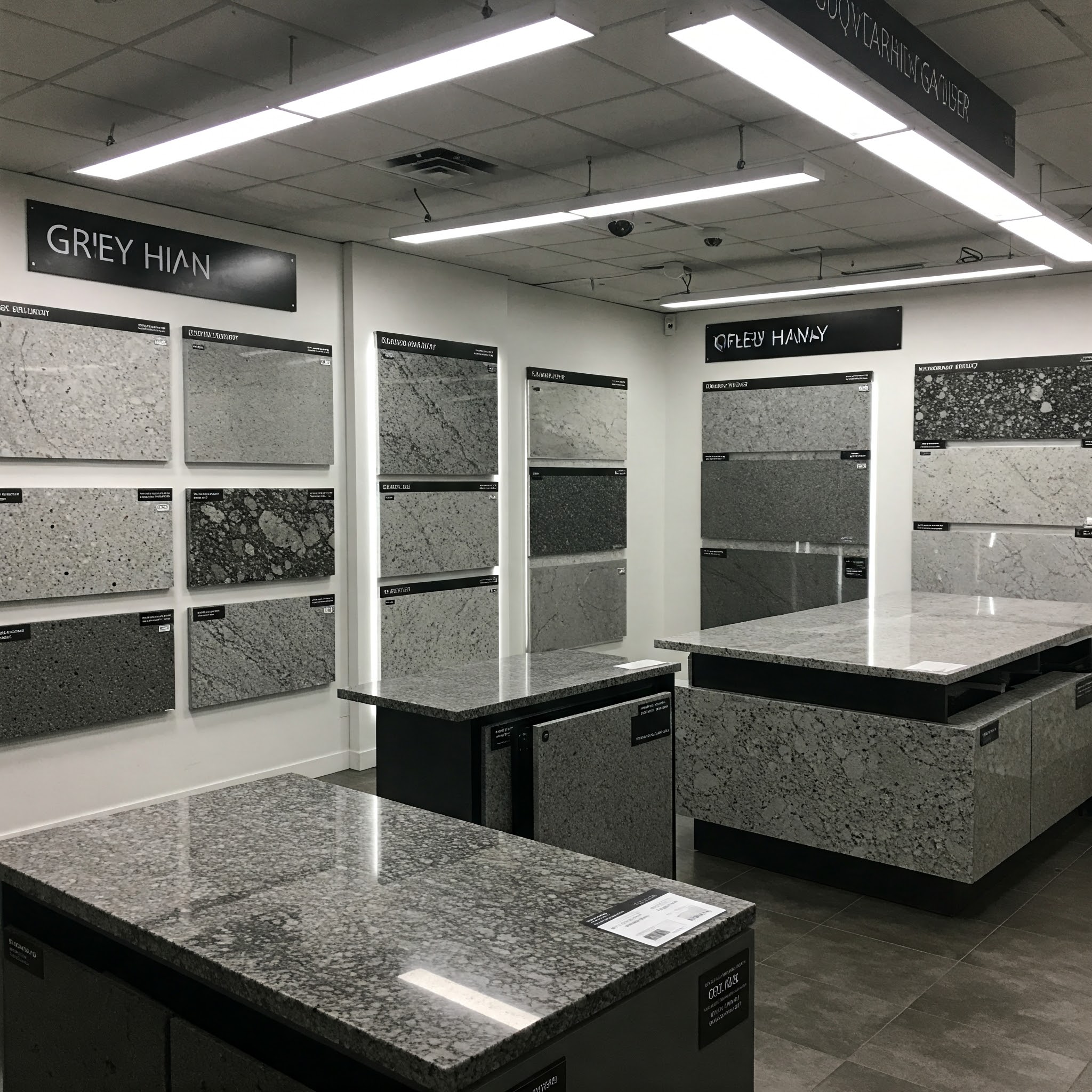Indian White Granite has emerged as one of the most popular choices in architectural designs,…

Red Granite Price Fluctuations: Causes and Predictions
Red granite is one of the most sought-after natural stones, widely used in construction, decoration, and monument crafting. Its vibrant hue and durability make it a premium choice for homeowners and builders alike. However, the red granite price often fluctuates, leaving buyers and sellers uncertain. This article delves deep into the causes behind these price changes, provides insights into future trends, and offers practical tips for navigating the market effectively.
Why Is Red Granite So Popular?
- Durability: Resistant to scratches, stains, and extreme weather conditions.
- Aesthetic Appeal: Unique patterns and vibrant red shades add luxury to spaces.
- Versatility: Used for countertops, flooring, walls, and monuments.
Fun Fact: Did you know that red granite was extensively used in the construction of ancient Egyptian pyramids? This stone has a history as rich as its hue, symbolizing power and elegance throughout civilizations.
Factors Causing Red Granite Price Fluctuations
1. Supply and Demand
- High Demand: Increased construction activities worldwide continue to elevate demand.
- Limited Supply: Depletion of red granite quarries in key regions has led to scarcity.
Pro Tip: Purchase during off-peak seasons, such as late winter, when construction slows down to save costs.
2. Transportation Costs
- Rising fuel prices and logistical challenges, including delays in global shipping, significantly increase transportation expenses.
- Regional pricing differences are often caused by the proximity to quarry sites.
3. Government Policies
- Export restrictions and mining regulations directly impact the availability and price of red granite.
- Example: The Indian Ministry of Mines frequently updates policies on granite mining, affecting supply chains worldwide.
4. Global Economic Conditions
- Exchange rates, inflation, and global trade tensions play a critical role in price fluctuations.
5. Quality and Grades
- Premium grades with uniform patterns and fewer imperfections naturally cost more.
- Advanced processing techniques also add to the pricing of high-grade red granite.

Predictions for Red Granite Price Trends in 2025
1. Increase in Global Demand
- The post-pandemic construction boom shows no signs of slowing, driving up the demand for high-quality red granite.
2. Technological Advancements
- With quarries adopting cutting-edge mining technologies, the supply may stabilize, leading to more predictable pricing trends.
3. Green Mining Initiatives
- Environmentally friendly mining practices are expected to slightly increase costs due to compliance expenses, but they may make the industry more sustainable.
4. Regional Developments
- Infrastructure development in emerging economies will boost demand, particularly in regions like Southeast Asia and Africa.
Table: Current Red Granite Price Across Popular Regions
| Region | Price Range (per sq. ft.) | Notable Variations |
| India | $3 – $10 | High supply, low labor cost |
| United States | $8 – $20 | Import duties, high transportation |
| China | $5 – $15 | Largest exporter, competitive rates |
| Middle East | $7 – $18 | Limited local production |
| Europe | $10 – $25 | High demand for premium grades |
How to Predict Price Trends?
1. Monitor Market Reports
- Stay updated with industry news, such as reports from leading trade publications and associations.
2. Check Government Websites
- Reputable sources like the Geological Survey of India or the U.S. Geological Survey provide mining and resource data to understand market dynamics.
3. Consult Industry Experts
- Experts can offer valuable insights into upcoming supply chain disruptions and future demand projections.
4. Analyze Global Events
- Economic downturns, trade wars, and even natural disasters can significantly impact red granite prices. For instance, global events like the pandemic disrupted mining operations and logistics.
Pro Tips for Buyers
- Bulk Purchases: Buying in bulk often reduces per-unit costs and ensures uniformity in materials.
- Negotiate: Many suppliers, especially local ones, are open to negotiation for large projects.
- Compare Prices: Use platforms like Namo Stone to compare prices from various suppliers.
- Verify Quality: Always inspect the stone in person or request detailed pictures to confirm its quality before purchase.
- Plan Purchases: Avoid last-minute buys during peak construction seasons when prices are higher.
Chart: Historical Price Trends of Red Granite (2018-2023)
(Chart representation: A line graph showing consistent price growth with minor dips during the COVID-19 pandemic.)
Fun Fact:
Red granite is sometimes referred to as “imperial stone” due to its extensive use in royal palaces and monuments worldwide. Famous examples include the Mazar-e-Quaid in Pakistan and Lenin’s Mausoleum in Russia.
Sustainability and Ethical Sourcing
With increasing awareness of environmental sustainability, buyers are opting for ethically sourced red granite. Organizations like the Indian Bureau of Mines and various environmental agencies are implementing regulations to ensure environmentally friendly practices in granite mining. Adopting these practices benefits both the environment and long-term pricing stability.
Conclusion
Understanding the red granite price fluctuations is essential for making informed purchasing decisions. By analyzing market trends, considering global events, and leveraging expert insights, buyers can efficiently navigate the complexities of the granite market. To explore high-quality red granite at competitive prices, visit trusted platforms like Namo Stone.
FAQs
Q1: How can I save money while purchasing red granite?
- Buy in bulk, negotiate with suppliers, and choose local sources.
Q2: Are red granite prices expected to drop in the future?
- Prices are likely to stabilize but not drop significantly due to rising demand and limited quarrying.
Q3: Can I use red granite for outdoor purposes?
- Yes, red granite’s durability makes it ideal for both indoor and outdoor applications.
Q4: What are the best practices for maintaining red granite?
- Regular cleaning with a mild solution, sealing the surface periodically, and avoiding acidic substances can keep your granite looking new.
Enhance your spaces with the timeless beauty of red granite by staying ahead of market trends. For premium granite options, visit Namo Stone today!




This Post Has 0 Comments